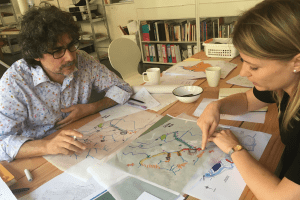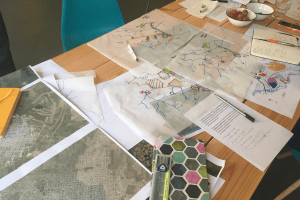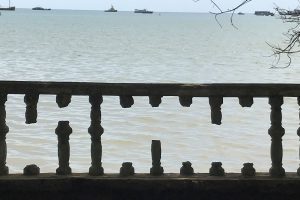“Living on the Delta”, a two-day design workshop in Zárate, Argentina
Comments Off on “Living on the Delta”, a two-day design workshop in Zárate, ArgentinaLast week we, Beccan Davila Urbanismo, Rebel and MOVE Mobility, started the preparation for a participatory design workshop to be held in Zárate, Argentina on 1ste and 2nd of November. The main purpose of the workshop is to design a strategy that could sustainably integrate the challenges of the continental territory and the sector of islands located in the Delta, both belonging to the Zárate county. This plan will be an integrated solution between water, mobility, urban planning and finance. Based on this draft strategy a cluster of strategic projects will be defined and one will be chosen for further development including a draft financial arrangement/strategy. Zárate should be considered as a pilot initiative that could be repeated in other cities of the Delta.The workshop is sponsored by Partners for Water and the Netherlands Enterprise Agency and will be coordinated by the Sociedad Arquitectos de Zárate.







